Assignment
See Corresponding Assignment
Module 10 Exercise Assignment
Background and why we're covering it
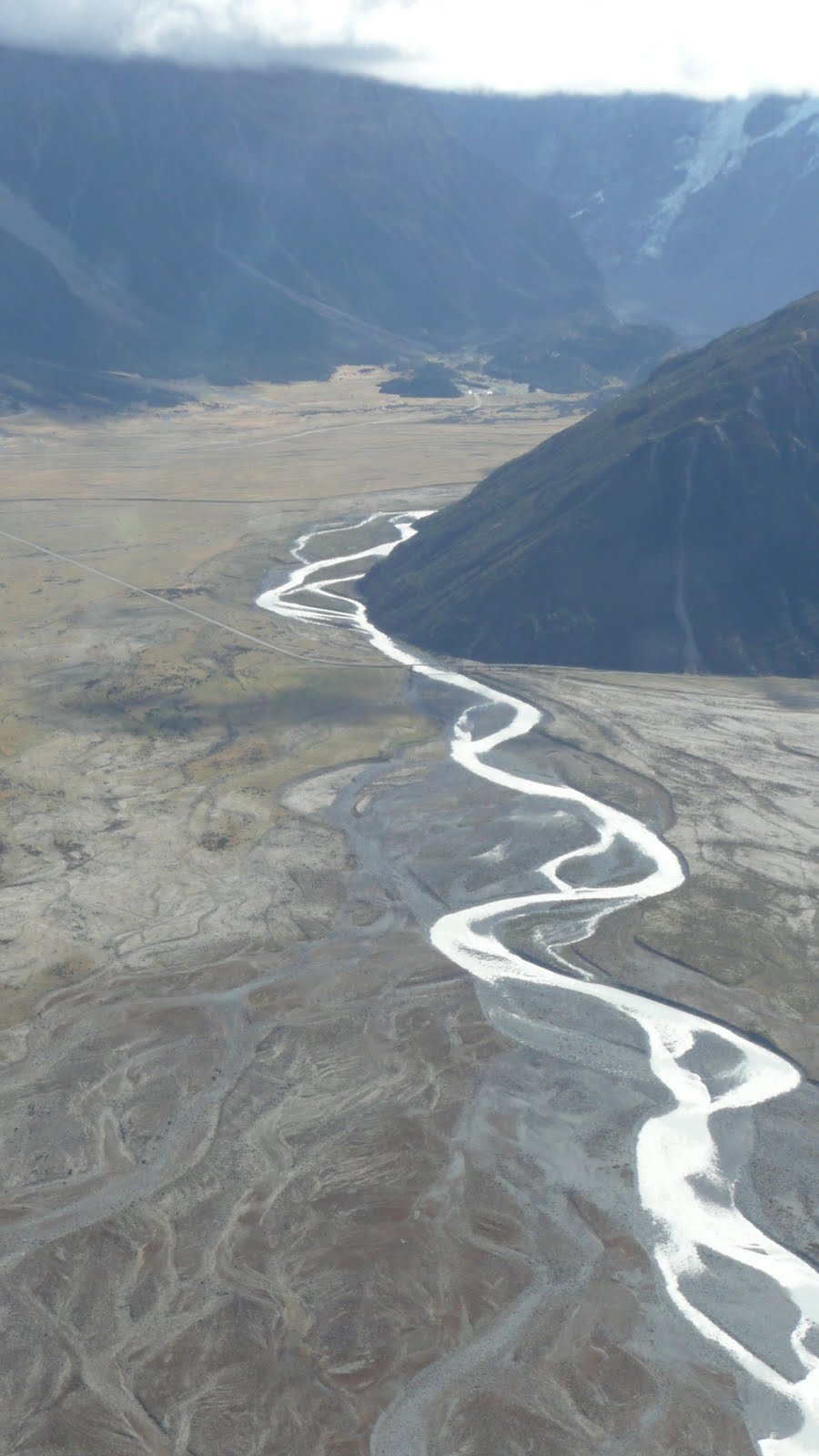
Learning Outcomes
- LO 1. Confidently read any riverscape and be able to map its core characteristics.
- LO 3. Apply principles of geomorphic analysis to a diversity of riverscapes.
- LO 4. Recognize the primary controls on riverscape diversity, in which distinctive suites of physical and biotic processes (behavior) help shape the form and character of those landscapes.
Resources
Part 1 - Intro, Multi-Scalar Framing, & Reach Breaks
⏱️ 25 minutes.
Slides
Slides
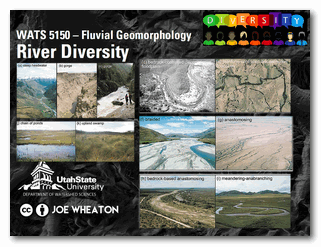
Lecture Slides - Module 10 (Part 1)
Intro, Multi-Scalar Framing, & Reach Breaks
Part 2 - River Diversity Explored & Discriminating Variables
⏱️ 46 minutes.
Slides
Slides
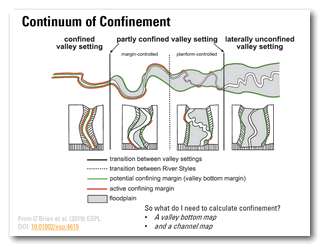
Lecture Slides - Module 10 (Part 2)
River Diversity Explored & Discriminating Variables
Part 3 - River Styles & Tips for Interpreting Diversity
⏱️ 34 minutes.
Slides
Slides
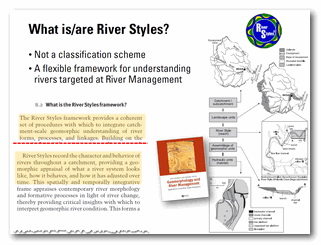
Lecture Slides - Module 10 (Part 3)
River Styles & Tips for Interpreting Diversity
Other Resources
Corresponding Chapter in Course Text
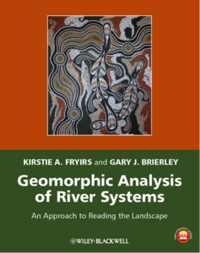 From:
Fryirs KA, Brierley GA. 2013. Geomorphic Analysis of River Systems: An Approach to Reading the Landscape, First Edition. Blackwell Publishing Ltd.: Chichester, U.K.
From:
Fryirs KA, Brierley GA. 2013. Geomorphic Analysis of River Systems: An Approach to Reading the Landscape, First Edition. Blackwell Publishing Ltd.: Chichester, U.K.
This module focus on: CHAPTER TEN: River diversity
Relevant or Cited Literature
Follow up selected readings suggested by Fryris and Brierley (2013) are provided for every chapter in page 328-334 of the text book.
See also:
- Fryirs KA, Brierley GJ. 2018. What’s in a name? A naming convention for geomorphic river types using the River Styles Framework. PLOS ONE 13 : e0201909. DOI: 10.1371/journal.pone.0201909
- Fryirs K, Wheaton J, Brierley GJ. 2015. An approach for measuring confinement and assessing the influence of valley setting on river forms and processes. Earth Surface Processes and Landfroms DOI: 10.1002/esp.3893
- Carling P, Jansen J, Meshkova L. 2013. Multichannel rivers: their definition and classification. Earth Surface Processes and Landforms. DOI: 10.1002/esp.3419
- O’Brien GR, Wheaton JM, Fryirs K, Macfarlane WW, Brierley G, Whitehead K, Gilbert J, Volk C. 2019. Mapping valley bottom confinement at the network scale. Earth Surface Processes and Landforms : esp.4615. DOI: 10.1002/esp.4615
Brierley & Fryirs (2005) River Styles Framework
The River Styles Framework is laid out in Part 2 of the Brierley and Fryirs (2005) book and is the conceptual basis for much of our book. For an overview lecture of the framework, see this Module in WATS 6860 Ecohydraulics.
📄 Brierley, G., and K. Fryirs 2005. Geomorphology and River Management: Applications of the River Styles Framework. Blackwell Publishing, Victoria, Australia.